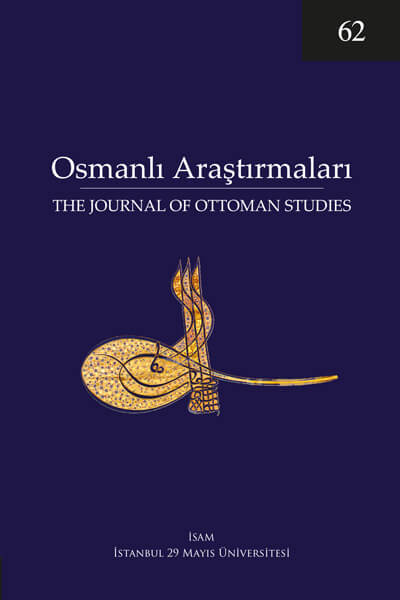The Story of a “Stillborn”: 1875 Adalet Firman and the Activities of the High Council of Execution
Keywords:
Tanzimat Era, Mahmud Nedim Pasha, Adalet Firman, High Council of Execution, Herzegovina Revolt, reformAbstract
This study examines the 1875 Adalet Firman (Justice Edict), which was issued to regulate the general administration after the spread of the Herzegovina Revolt in the period of the Grand Vizier Mahmud Nedim Pasha, and the activities of the High Council of Execution (Meclis-i Âlî-i İcrâât), which after some time was established to implement the decisions. It presents the differences and resemblances between the Adalet Firman, the Tanzimat Firman (1839), and the Islahat Firman (1856). In this way, this article also questions how these edicts, which are the essential texts of the Tanzimat Era (1839-1878), underwent a bureaucratic transformation during the years of 1839-1875 and what sort of reactions they received as part of the international image of the Ottoman Empire. Furthermore, with the comparative use of archival documents, newspapers and memoirs, it reviews the discourse, dominating the literature of the period, that the Grand Vizier Mahmud Nedim Pasha only did things which brought disaster to the Empire under the influence of the Russian ambassador Ignatyev, and did all this by himself. In this context, the activities of the High Council of Execution, aimed at putting the reforms into practice, are also explained in detail for the first time. As a result, the present study emphasizes that the Adalet Firman and the High Council of Execution should be considered as a search for solutions to the crises of the period and that they should be reevaluated in modern history without any teleological approach.




